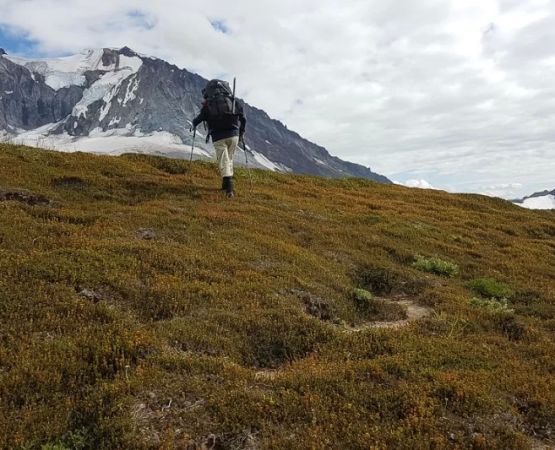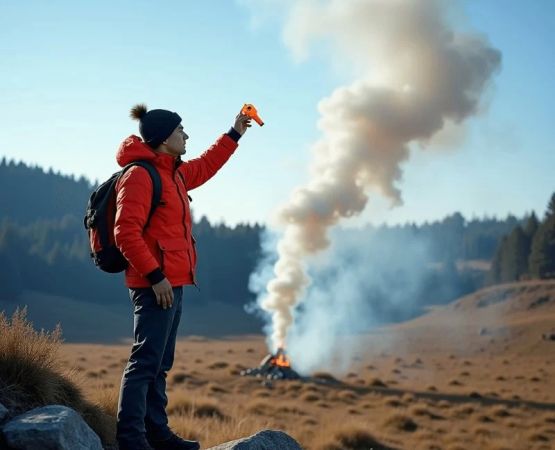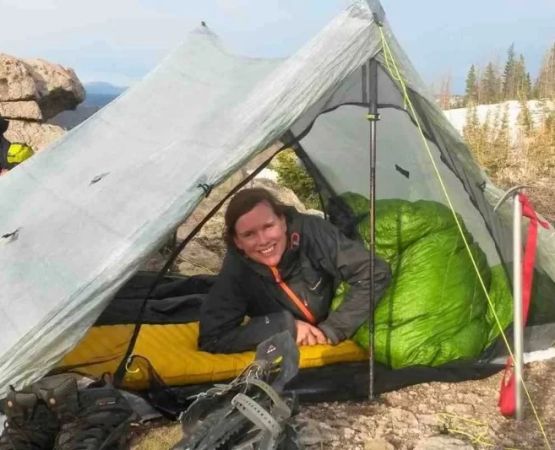- 1-understanding-history-themed-camping
- 2-research-and-planning
- 3-top-historic-camping-destinations
- 4-selecting-the-right-campsite
- 5-real-camper-stories
- 6-preserving-heritage-and-environment
- 7-role-of-pine-cliff-resort
1. Understanding History-Themed Camping
1.1 Defining Camping Near Historical Sites
Camping near historical sites USA combines outdoor adventure with living history. Whether pitched beside a Revolutionary War battlefield or nestled beneath ancient Pueblo cliff dwellings, these locations allow campers to experience culture and nature simultaneously.
1.2 Why History Enhances the Camping Experience
Immersing yourself in a landscape where significant events unfolded fosters deeper connection. Hearing owls hoot where soldiers once stood guard or seeing star patterns that guided indigenous peoples transforms a simple overnight trip into an educational journey.
2. Research and Planning
2.1 Identifying Authentic Sites
Start by consulting national park and state historical society listings. Focus on campgrounds within or adjacent to sites like Gettysburg National Military Park or Mesa Verde National Park for both reliable facilities and genuine heritage immersion.
2.2 Booking and Permits
Many heritage campgrounds require advance reservations and special permits. For example, archaeological camping USA locations may limit daily visitor numbers to protect fragile ruins. Check each site’s official guidelines for permit windows and group-size restrictions.
2.3 Seasonal Considerations
Peak summer months often coincide with high visitor traffic and extreme heat in desert regions. Shoulder seasons—spring and fall—offer milder temperatures and quieter trails, enhancing your chance to explore interpretive signage without crowds.
3. Top Historic Camping Destinations
3.1 Revolutionary War Battlefields
Campgrounds near Valley Forge allow star gazing over General Washington’s winter encampment. Rangers lead twilight tours recounting soldier hardships, blending campsite around-the-fire camaraderie with vivid storytelling.
3.2 Ancient Native American Sites
Mesa Verde, Colorado
Camp within sight of cliff dwellings built over 700 years ago. Guided hikes explain Puebloan architecture, and evening ranger programs illuminate ancestral astronomical knowledge.
Chaco Culture, New Mexico
Primitive camping at nearby BLM sites places you near Chacoan great houses. Trail markers detail trade routes and solar alignments observed by ancient astronomers.
3.3 Colonial-Era Plantations
Virginia’s James River region offers campgrounds next to historic plantations. Morning mist rising over tobacco fields feels like stepping into a 17th-century portrait.
4. Selecting the Right Campsite
4.1 Balancing Amenities with Authenticity
Decide if you need flush toilets and potable water or if you’re comfortable with vault latrines and carrying in all supplies. Battlefield camping often provides more developed loops, while archaeological sites may offer primitive sites only.
4.2 Proximity to Interpretive Resources
Choose sites within walking distance of visitor centers and marked trails. At Manassas, Virginia, campsites near the visitor center let you join living-history demonstrations at dawn before other tourists arrive.
5. Real Camper Stories
5.1 The Anderson Family’s Gettysburg Adventure
Last summer, the Andersons pitched a tent at a campground bordering Gettysburg’s fields. Their teenage daughter joined a candlelit battlefield tour, then used a park-issued journal to sketch cannon placements beneath a canopy of stars—melding art, history, and nature into a single evening.
5.2 Solo Hiker at Mesa Verde
Jordan, an archaeology graduate student, camped at a Bureau of Land Management site near Chaco Canyon. Reporting his findings on petroglyph weathering to park rangers, he helped refine interpretive trail signage—demonstrating how scholar-campers can contribute to site preservation.
6. Preserving Heritage and Environment
6.1 Leave No Trace Principles
Pack out all waste, avoid walking on fragile masonry, and stick to established fire rings. At historical campgrounds, even small scuffs can damage centuries-old stones.
6.2 Supporting Site Conservation
Donate to park foundations or volunteer for trail maintenance days. Your fees and service help fund protective measures—such as erosion control at cliff-dwellings in Mesa Verde.
7. Role of Pine Cliff Resort
7.1 Customized Heritage Camping Packages
Pine Cliff Resort specializes in curated history-themed getaways, combining quality campsite amenities with guided tours of nearby battlefields and ruins. Their local experts ensure you see hidden interpretive gems often overlooked by casual visitors.
7.2 Gear Rentals and Local Insights
From canvas tents reminiscent of 19th-century encampments to GPS-guided heritage trail maps, Pine Cliff Resort equips campers with authentic yet comfortable gear and insider tips for making every night under the stars a journey through time.






